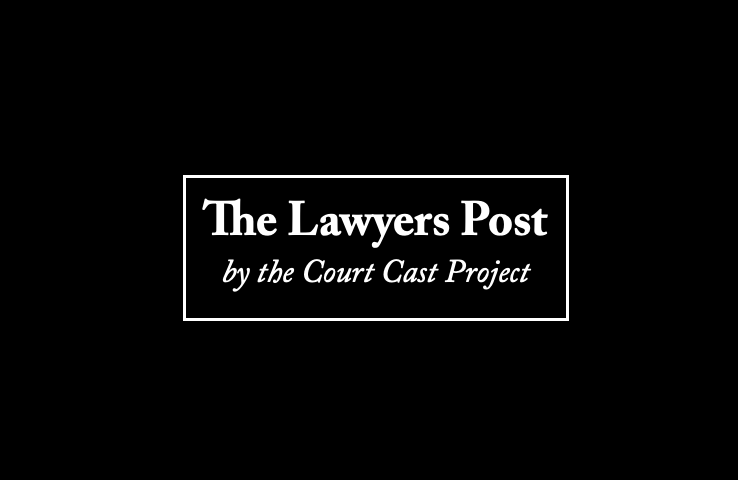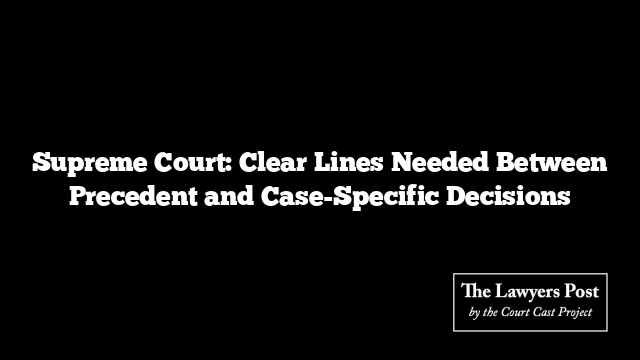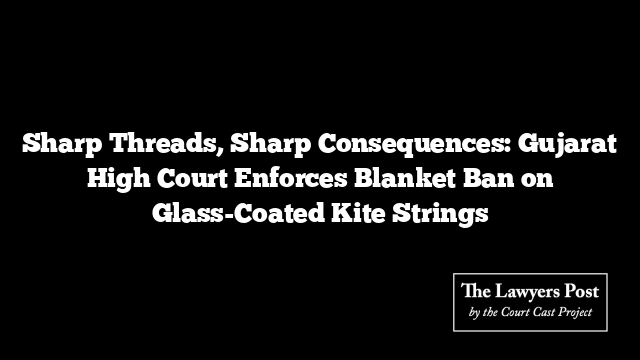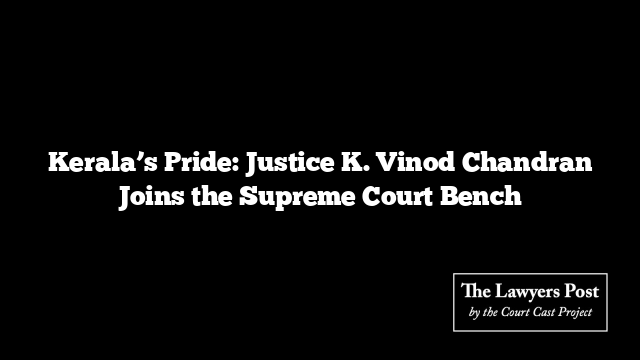The Supreme Court has emphasized the necessity of explicitly stating whether its judgments are meant to serve as binding precedents or merely resolve individual disputes. This clarification is crucial to help High Courts and lower courts avoid confusion when interpreting the nature of Supreme Court rulings.
Acknowledging the dual role it plays—resolving disputes and setting legal precedents—the Court noted that not every judgment automatically qualifies as binding under Article 141 of the Constitution. It highlighted the importance of indicating whether a decision establishes precedent or is limited to the resolution of a specific case.
The bench, comprising Justices PS Narasimha and Pankaj Mithal, observed:
“As an institution, the Supreme Court performs both decision-making and precedent-making functions. Many decisions under Article 136 reflect appellate dispositions rather than legal declarations intended to bind. Yet, these rulings often arrive at the High Courts and subordinate courts as presumed precedents. To alleviate this challenge, it’s essential to explicitly state whether a judgment resolves a particular dispute or declares binding law under Article 141.”
Context Behind the Ruling
This observation emerged during a case involving whether unregistered MSMEs could use dispute resolution mechanisms under Section 18 of the MSMED Act, 2006. The Appellant had relied on earlier Supreme Court judgments to argue against the eligibility of unregistered MSMEs. However, the Court noted that the cited precedents addressed different issues and did not establish binding principles applicable to the matter at hand.
The Court’s nuanced approach underscores the need for clarity, ensuring that future rulings clearly define their purpose—whether to resolve specific disputes or contribute to the broader legal framework. This practice aims to reduce interpretational errors across judicial hierarchies, strengthening the coherence of the legal system.





